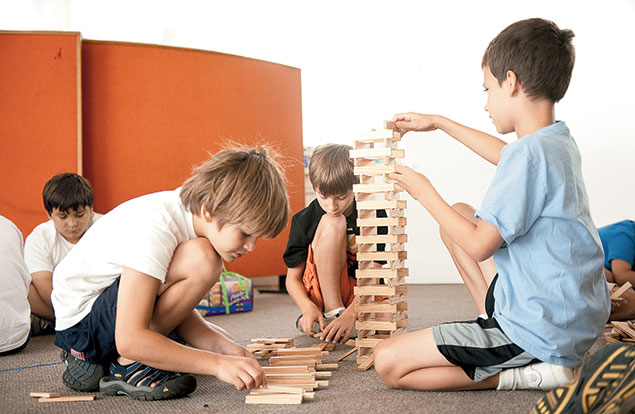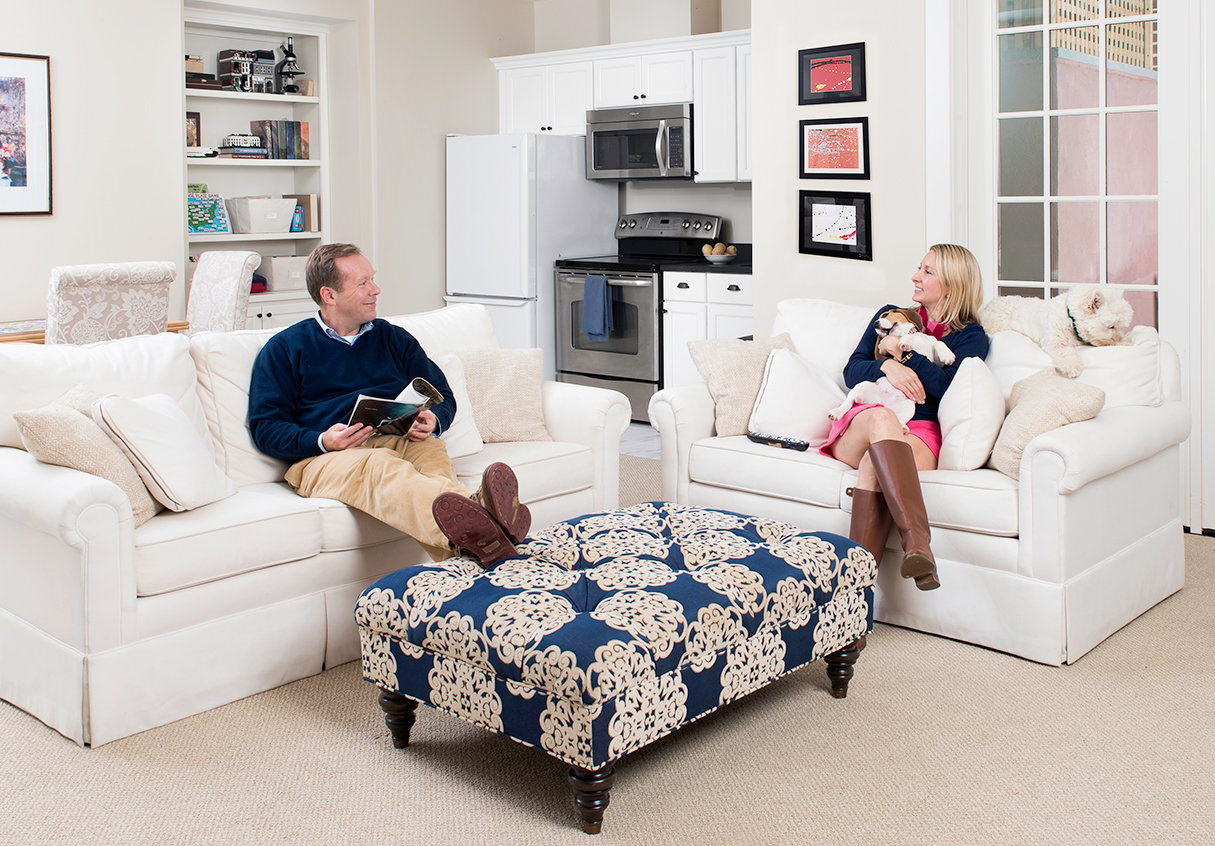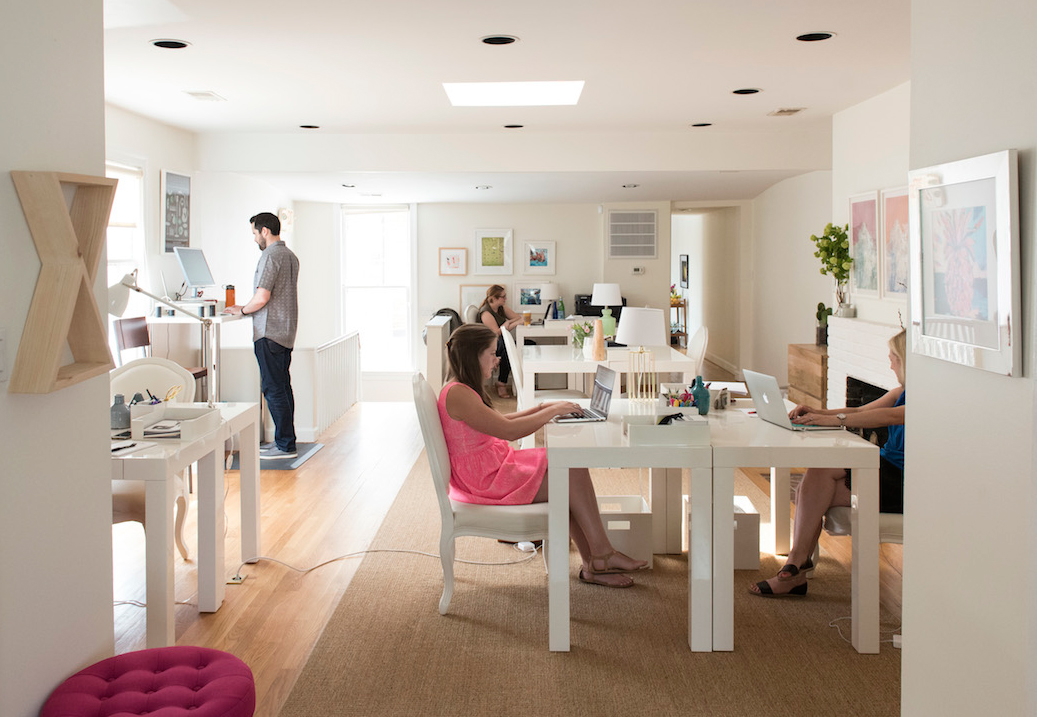Twelve-year-old Katie Morin can break down for you which parts of crime shows such as CSI and NCIS are realistic. For example, she says “stringing” crime scenes—in which an investigator runs strings from each point of a blood spatter to see where they converge—is rare. She confidently uses terms like “ballistics” and now knows she wants to pursue a career in criminal law or science.
Katie attended the National Museum of Crime & Punishment’s weeklong camp last summer and has every intention of returning.
“Kids see what is on TV, and they want to know what it’s really like,” says Susan Frese, director of sales for the museum as well as camp coordinator. Frese has even received e-mails from kids requesting camp information to pass along to their parents.
Campers arrive on the first day and soon find themselves at a staged murder scene somewhere in the building, which Katie recalls as “really, really cool.” Over the course of the week, they’re taken through every step of processing a crime scene, including fingerprinting, studying blood spatters, photographing the scene, analyzing fibers, interpreting ballistics, and using evidence they’ve gathered to solve the crime.
To add authenticity, the program works with George Washington University’s Department of Forensic Sciences. Instructors are either graduates working in the field or students pursuing a master’s degree.
• • •
Four Local Museum Camps
CSI Camp
National Museum of Crime & Punishment
camp@crimemuseum.org
$275 (three hours a day) or $435 (five hours) for one week
National Building Museum Camp
202-272-2448
$700 for two weeks
Smithsonian Camps
202-633-3030 ext. 1
$243 (half days) or $433 (full days) for one week; discounts available for Smithsonian members
Spy Camp
International Spy Museum
202-654-0933
$415 for one week
The crime museum is one of many Washington museums that offer short-term camps with knowledgeable teachers and resources that only living in the nation’s capital could provide access to.
The International Spy Museum runs a similarly immersive camp for those interested in espionage. The first rule about spy camp? You were never at spy camp.
According to youth-education director Jacqueline Eyl, every day before leaving the museum, campers are given a cover story—perhaps that they’re at circus camp—along with physical disguises they’ve created to leave the building covertly.
During the creation and development of the camp nine years ago, Eyl sat down with FBI experts and former CIA spies including Tony Mendez, whose role in rescuing six US hostages from Iran was portrayed by Ben Affleck in the 2012 Oscar-winning movie Argo. The camp teaches techniques for gathering and using intelligence.
“We don’t perpetuate myths about what a spy does,” says Eyl, who has found that campers are surprised by what spies actually do, but they think reality is even cooler. The kids go to FBI headquarters—a privilege few people have a chance to experience—and meet with special agents as well as an FBI historian.
• • •
Museum camps are generally offered for one or two weeks at a time. Martha Mann, a Howard County mother of twin nine-year-olds, says that the shorter time frame and proximity to her office are what piqued her interest in the National Building Museum’s camp.
“The first summer was a learning experience because I signed them up for one camp all summer and it became a grind,” Mann says.
Now she plans a variety of experiences for her kids, which means multiple camps and registration dates. She suggests that parents start planning their summer as early as possible because camps fill up quickly.
For Mann, the key to a good camp is having skilled instructors. For example, the National Building Museum Camp’s instructors have degrees in education.
The Building Museum separates its camp into three programs incorporating the institution’s content from different angles. This year the options are Engineering Challenge, City Builders, and Designing Spaces.
Engineering Challenge is the most science-driven portion, in which an engineer talks about his career and campers are challenged to build structures with nontraditional materials. City Builders looks at the interplay between cities and neighborhoods, a focus that Sally Otis, the museum’s family-programs manager, says allows the kids to use what they learn in understanding their own neighborhoods. Designing Spaces explores buildings through a more artistic lens.
Says Otis: “We’re not putting on a kid program just to put one on.”
• • •
The Smithsonian’s roster of more than 80 camps serves children from kindergarten through ninth grade and covers nearly as many topics as its museums.
A hallmark of many museum-camp programs is the low camper-to-instructor ratio, which at all Smithsonian camps is four to one. While the topics differ, every week is about working toward a final project, presentation, or performance for friends and family, says Joanne Seelig, director of the Smithsonian camps. Offerings include Dinosaurs and Dioramas, Pinhole Photography, Science of the Smithsonian, Mystery Theater, and President for a Week. “In a week, they get so much done,” Seelig says, “in part because we’re at the Smithsonian and there are so many resources here.”
This article appears in the February 2014 issue of Washingtonian.



















